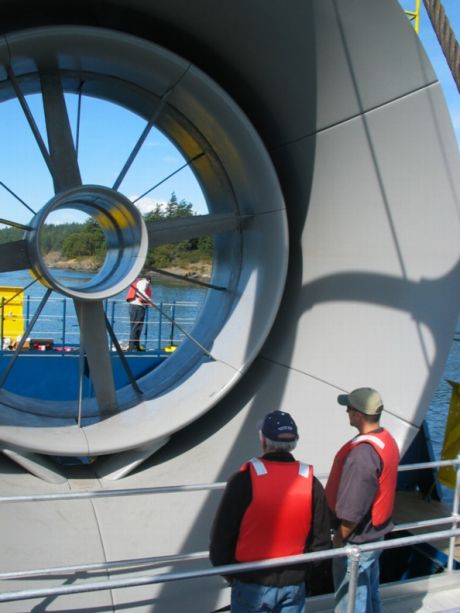Relying solely on the orbits of the moon, Earth and Sun, tidal energy is reliable, inexhaustible and largely predictable. EU-funded researchers successfully developed a new type of tidal energy generator prototype that is significantly cheaper and more efficient, also replacing conventional magnetic materials.
Design of tidal energy generators is often adapted from those used for
wind energy, but the needs of undersea generators are quite different.
Tidal stream generators need to be able to remain efficient at low
rotational speeds and cope with large and highly variable torque levels.
All these can put generator gearboxes under significant strain and lead
to poor reliability.
The
MAGNETIDE (Improved magnets for energy generation through advanced tidal technology) project found an improved method of converting tidal energy to electricity that greatly impacts on the cost and ease of maintaining undersea generators.
Researchers used powder injection moulding (PIM) to produce soft magnetic materials that are equally strong compared to currently available ones. The technology simplifies design of complex parts that are difficult and expensive to produce mechanically. It also facilitates gearless designs, benefiting both efficiency and durability at low rotational speeds and high torques.
The project team intended to undertake the assembly of a kilowatt-scale prototype generator using MAGNETIDE magnetic materials and benchmark it against the generator using commercial ferroalloys. However, a number of processing issues prevented manufacturing of large magnets with MAGNETIDE materials. The team accurately identified manufacturing issues regarding the stator magnets and made recommendations that could facilitate future work on this.
As PIM matures into the commercialisation phase, designers of small bespoke generators could have much more design freedom with respect to the magnet geometry and arrangement. Generators produced with this technology could also be used for wind power and other alternative energy sources, as well as in areas where there are strong tidal currents.

